Torque isn’t just a number—it’s the force that throws you back in the seat and gets tires talking. In the golden era of muscle cars, torque was the metric that mattered. Whether you were staging at a light or halfway down the quarter-mile, the amount of twist your rear wheels could handle made all the difference. Today, modern engineering has taken torque to new heights, but it’s worth looking back at the legends that first brought brute force to the street. Here’s how yesterday’s torque kings stack up against today’s top performers.
1970 Buick GS Stage 1 vs 2022 BMW M5
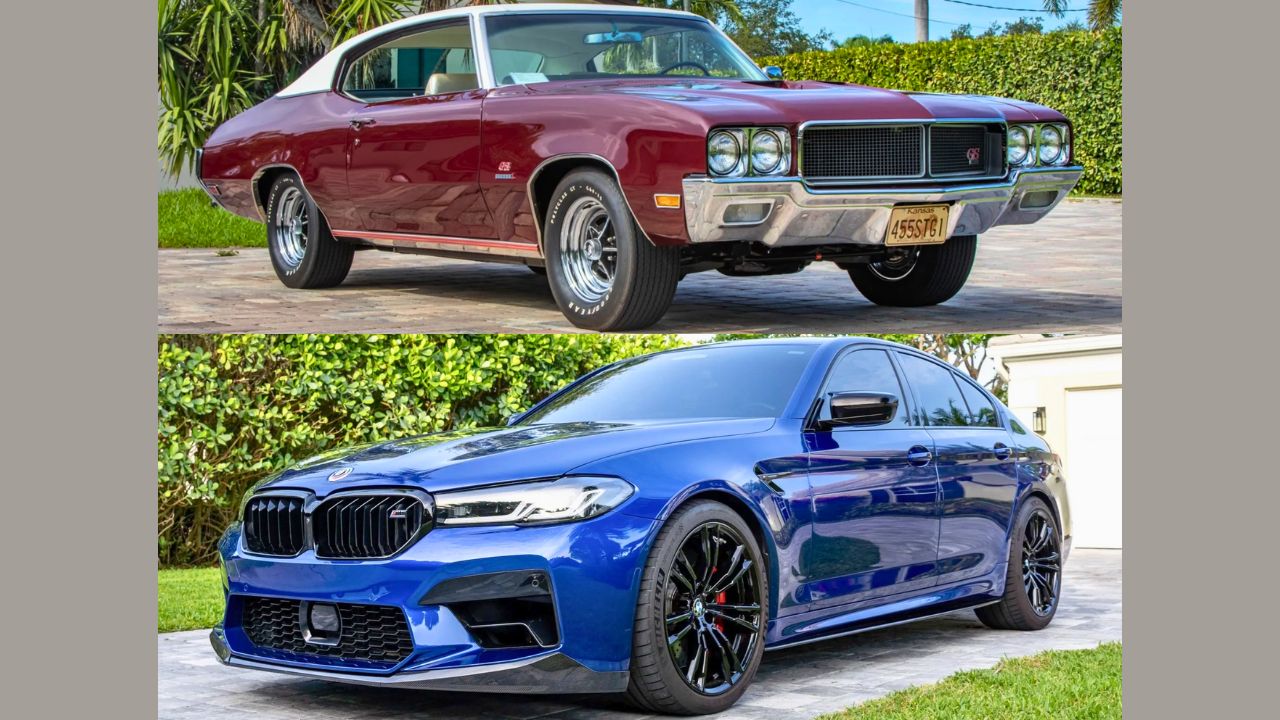
The 1970 Buick GS Stage 1 packed a 455 cubic-inch V8 pushing out a monstrous 510 lb-ft of torque at just 2,800 rpm. Buick underrated the horsepower at 360, but real-world tests pegged it closer to 400. This low-end torque made the GS Stage 1 one of the quickest muscle cars off the line, with a 0–60 time under 6 seconds.
Compare that to the 2022 BMW M5, which makes 553 lb-ft of torque from a twin-turbo V8. While the BMW benefits from modern tech like all-wheel drive and a fast-shifting transmission, it’s surprising how close the torque figures remain over 50 years later.
1970 Chevelle SS 454 LS6 vs 2023 Dodge Challenger SRT Hellcat
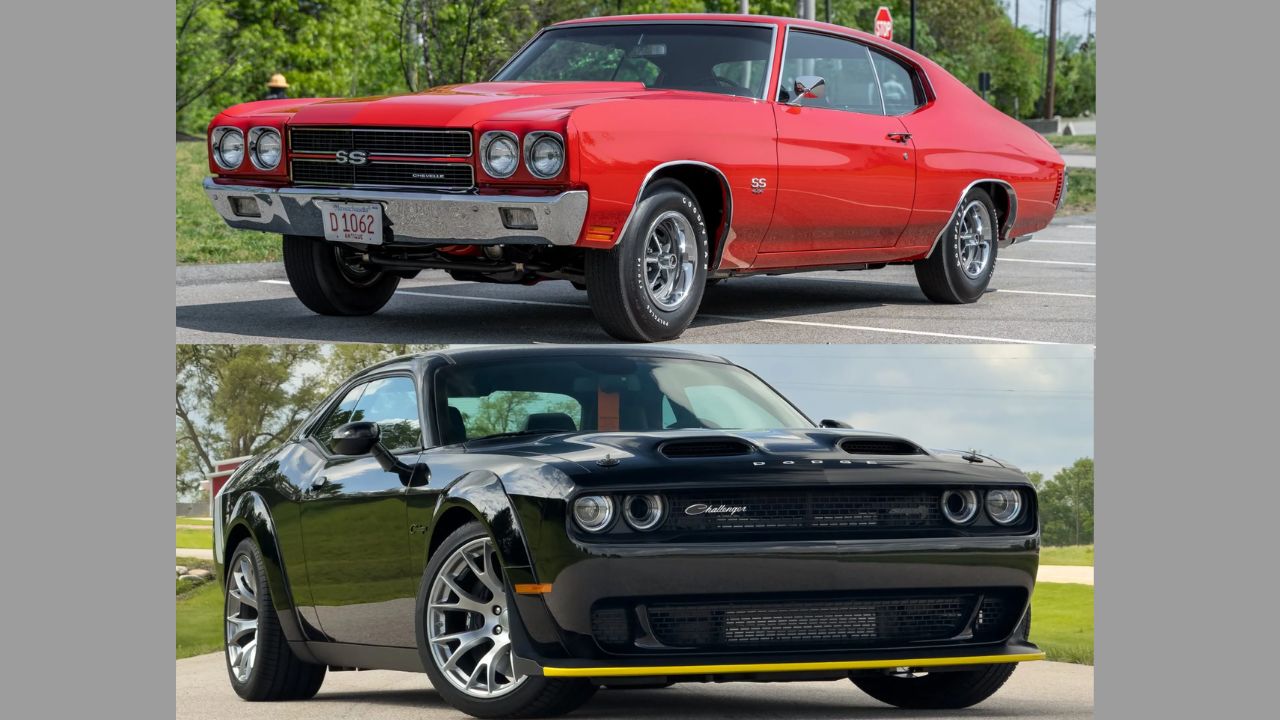
Chevrolet’s 1970 Chevelle SS 454 LS6 was a street brawler. Its 7.4-liter V8 churned out 500 lb-ft of torque and 450 horsepower, pushing it into the 13-second quarter-mile club straight from the showroom floor. The LS6 had brutal acceleration and torque to match.
Fast-forward to the 2023 Challenger Hellcat, which makes 717 horsepower and 656 lb-ft of torque. While the Hellcat’s supercharged engine delivers way more twist, the Chevelle’s raw torque, carbureted engine, and rear-wheel bias still make it a legend.
1969 Pontiac GTO Judge vs 2024 Ford Mustang GT
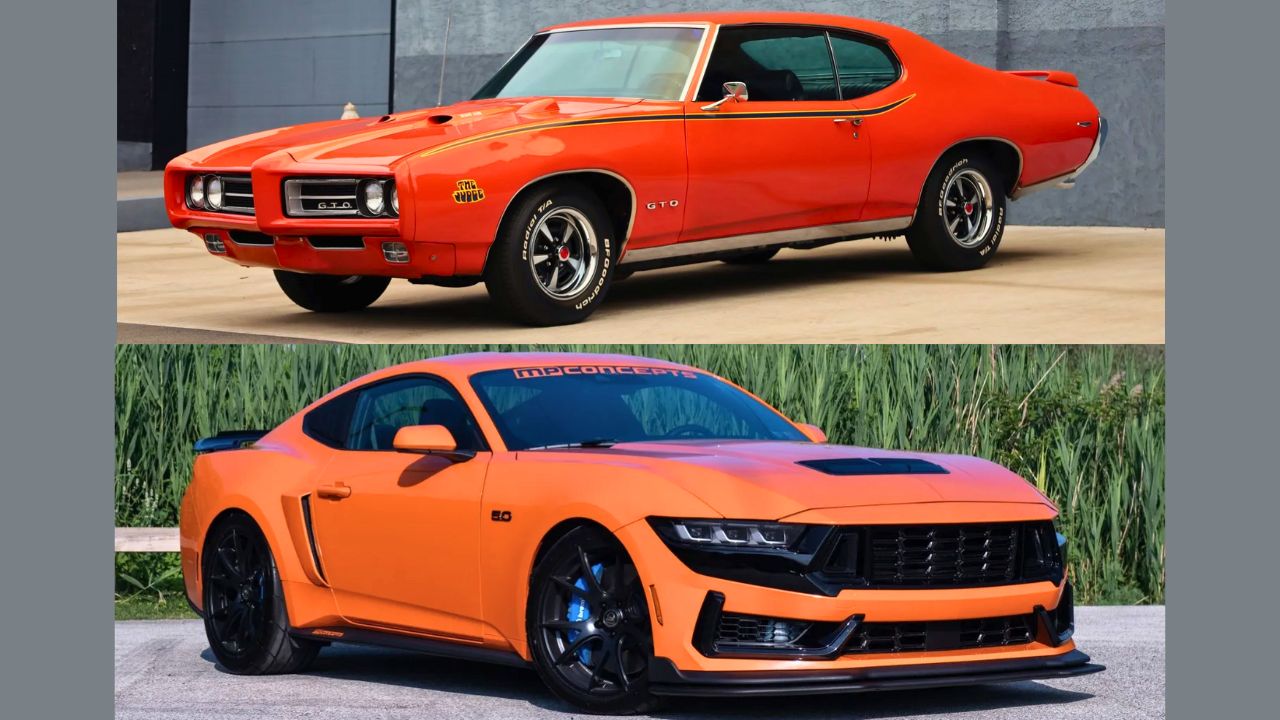
Pontiac’s 1969 GTO Judge came equipped with the Ram Air IV 400 V8, producing 445 lb-ft of torque and 370 horsepower. It needed high revs to hit its peak numbers, but it was still a torque-happy setup, giving it a reputation for shredding tires.
Today’s Ford Mustang GT makes 418 lb-ft of torque with its 5.0-liter V8, but it needs 4,600 rpm to do it. Despite 55 years of tech advancements, the Judge isn’t far behind in twist, especially given how much heavier the modern Mustang has become.
1970 Plymouth Road Runner 440 Six Pack vs 2024 Camaro SS
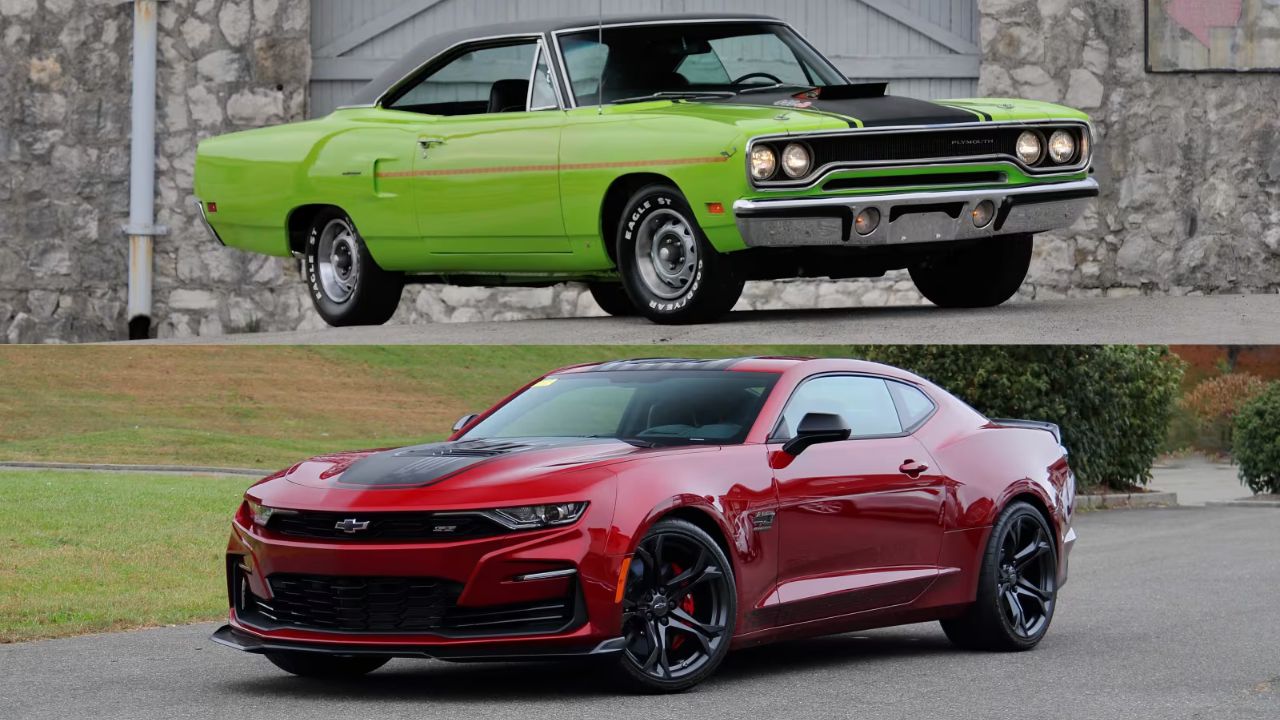
The 440 Six Pack Road Runner was all about brute strength. The three two-barrel carb setup helped it reach 490 lb-ft of torque and 390 horsepower. It was one of the best factory dragstrip contenders of its time.
The 2024 Camaro SS offers 455 lb-ft of torque from its naturally aspirated 6.2-liter V8. While the Camaro benefits from better weight distribution and suspension, its torque figures barely top what Plymouth pulled off over five decades ago.
1969 Oldsmobile 442 W-30 vs 2021 Lexus RC F
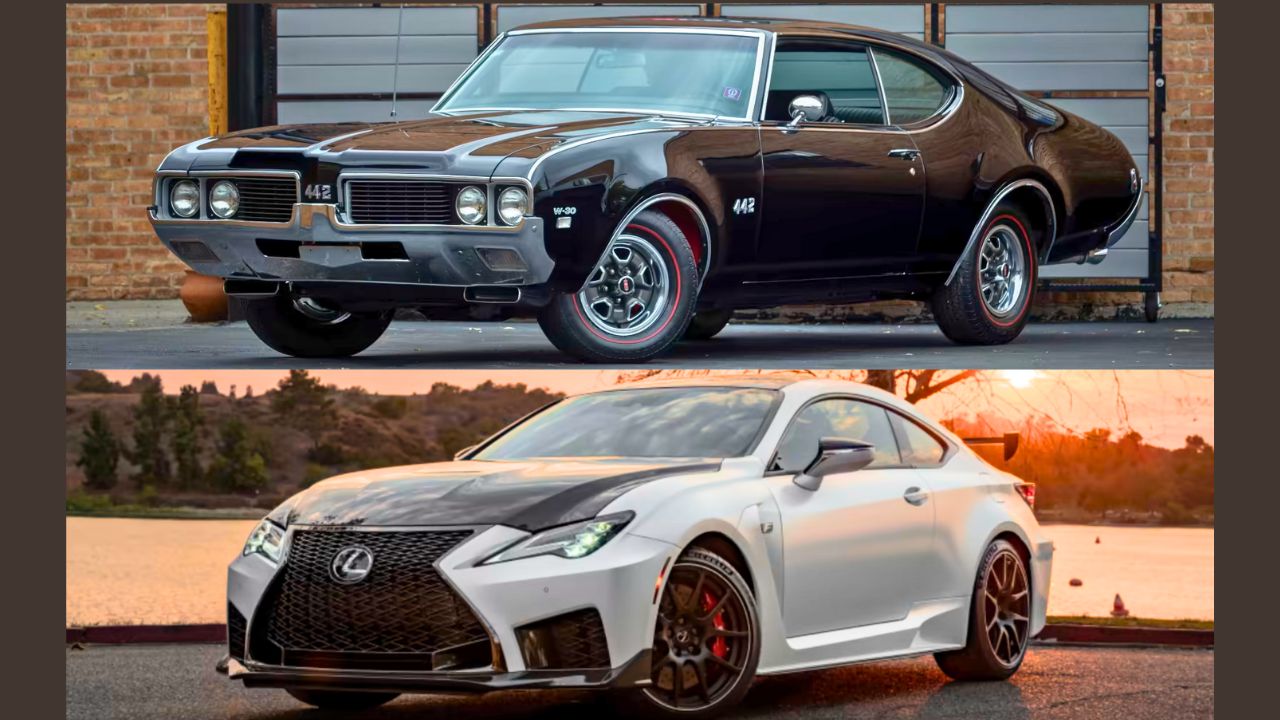
The W-30 variant of the 1969 Oldsmobile 442 ran a 400 hp, 455 V8 with 500 lb-ft of torque. Known for pulling hard from idle, the W-30 didn’t need forced induction or fancy gadgets to dominate.
Now compare it to the 2021 Lexus RC F, which makes 395 lb-ft from a 5.0-liter V8. Despite being high-revving and responsive, it can’t match the down-low grunt of the W-30. Torque delivery in classic muscle still holds up.
1971 Dodge Charger R/T 440 Magnum vs 2024 Tesla Model S Plaid
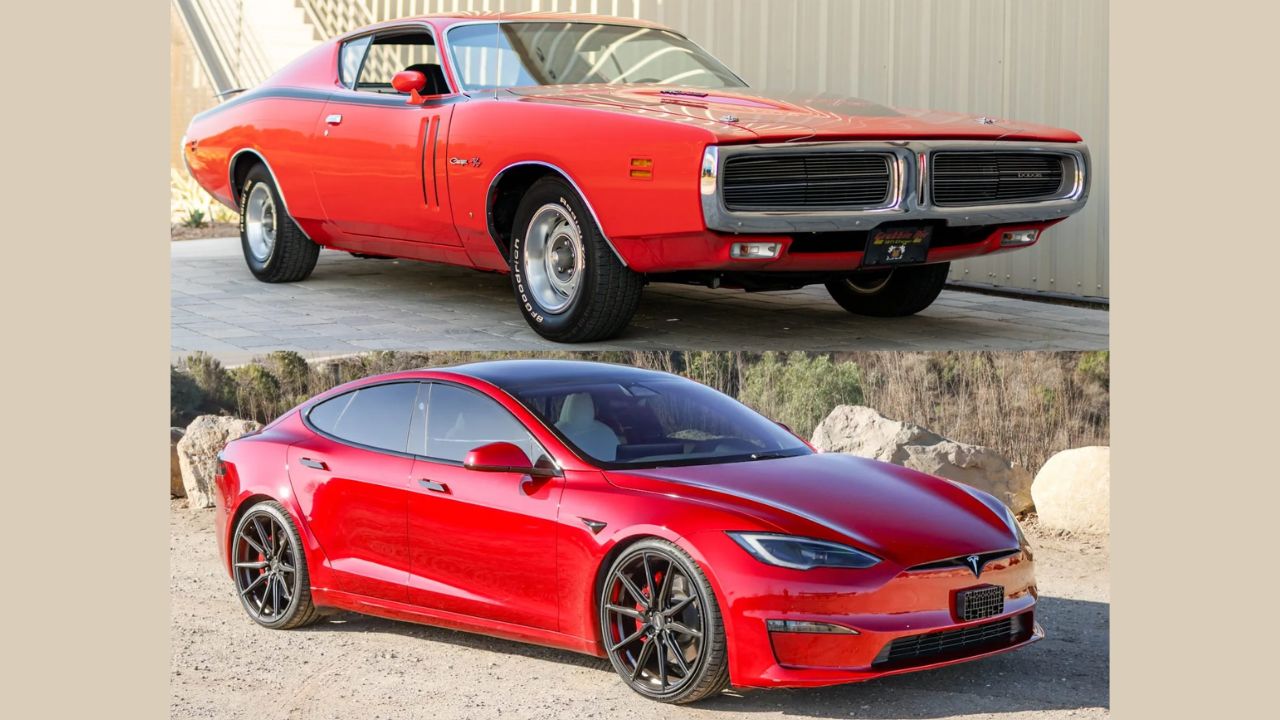
The ’71 Charger R/T with a 440 Magnum delivered 480 lb-ft of torque at 3,200 rpm. With its aggressive cam and big displacement, it offered strong mid-range pull and serious highway power.
In contrast, the Tesla Model S Plaid delivers 1,050 lb-ft of torque thanks to its electric motors. While that number crushes any classic car, it also speaks to how modern EVs cheat physics. Still, the Charger felt more like a rolling earthquake than a silent assassin.
1970 Ford Torino Cobra 429 SCJ vs 2024 Nissan Z
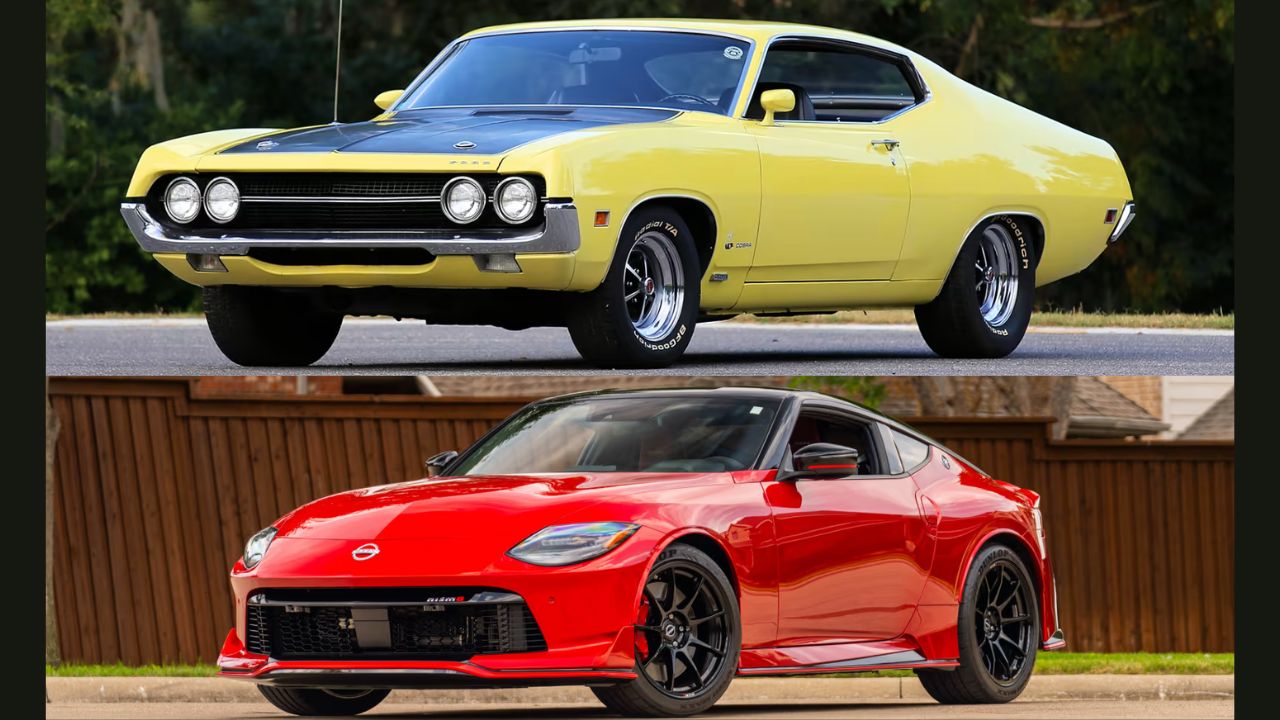
Ford’s Torino Cobra with the Super Cobra Jet 429 was a rare weapon. It packed 450 hp and 480 lb-ft of torque, and it was usually paired with 4.11 gears. It was built for drag racing and sounded like thunder at full throttle.
The 2024 Nissan Z makes 384 lb-ft of torque from its twin-turbo V6. It’s quicker through the gears and more refined, but nowhere near as visceral. The SCJ Torino’s torque made you feel every bit of the road.
1970 AMC Rebel Machine vs 2024 Toyota Supra
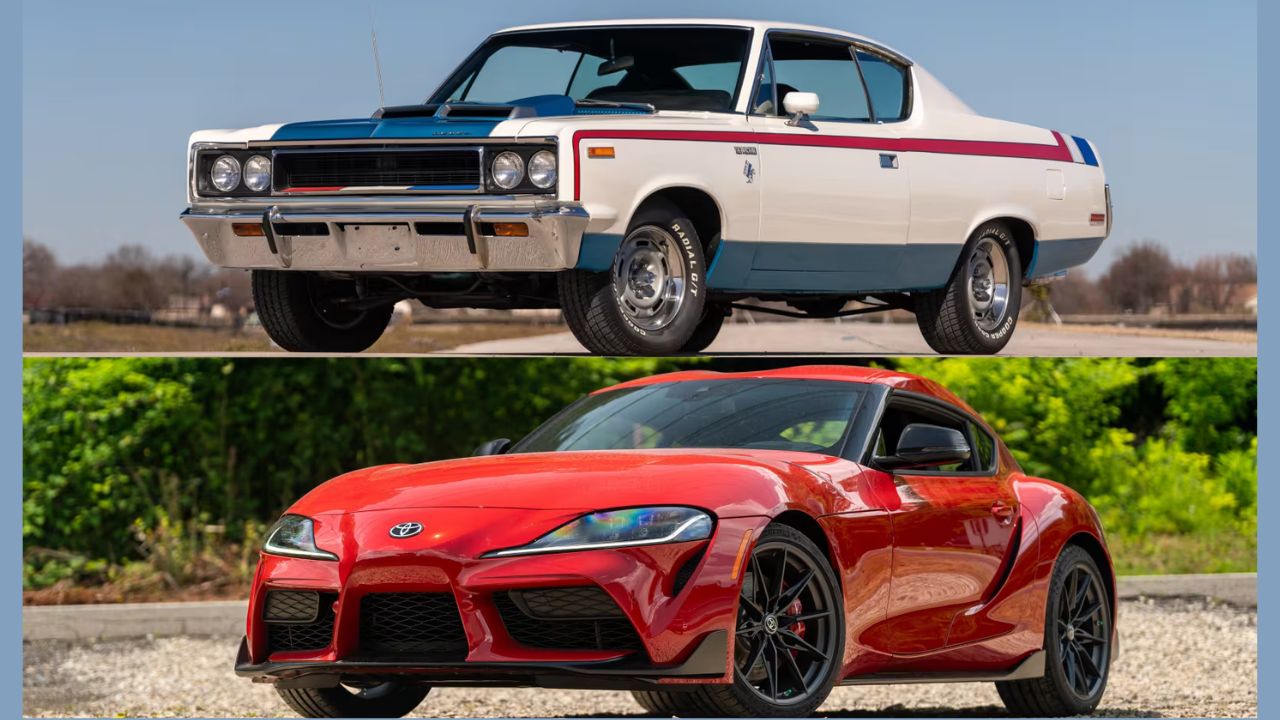
AMC’s Rebel Machine used a 390 cubic-inch V8 that produced 430 lb-ft of torque and 340 horsepower. It was a factory-built sleeper that could run 14s in the quarter mile all day.
The modern Toyota Supra uses a turbocharged inline-six producing 368 lb-ft of torque. It’s smooth and efficient, but doesn’t shove you into the seat the way the Rebel Machine did. Sometimes, cubic inches still win.
1966 Shelby GT350H vs 2021 Subaru WRX STI
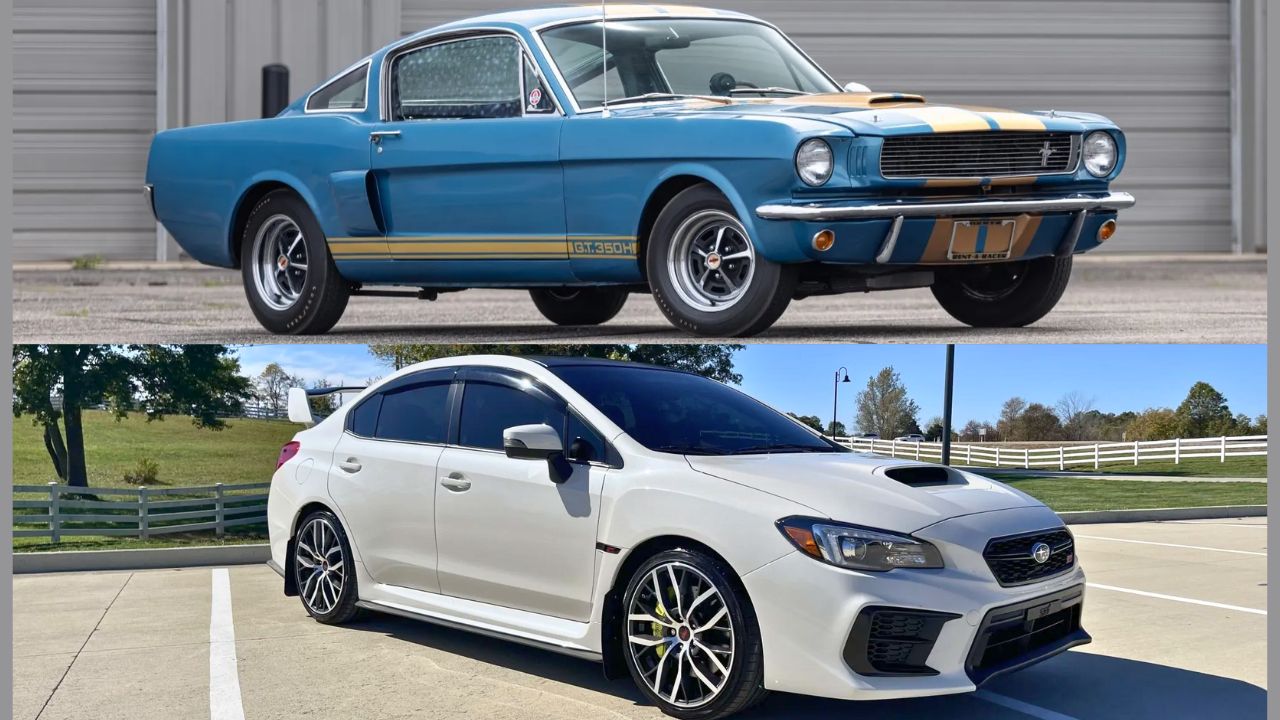
The Hertz-rental special GT350H had a 289 High Performance V8 that made 306 lb-ft of torque and 306 hp. Lightweight and rev-happy, it was built for nimble driving and track fun more than sheer torque.
The 2021 WRX STI has a 2.4-liter turbo flat-four with 290 lb-ft of torque. Though the torque is close on paper, the Shelby delivered its twist with more urgency and character thanks to its solid-lifter cam and free-flowing exhaust.
1965 Chevrolet Corvette 396 vs 2024 Corvette Stingray
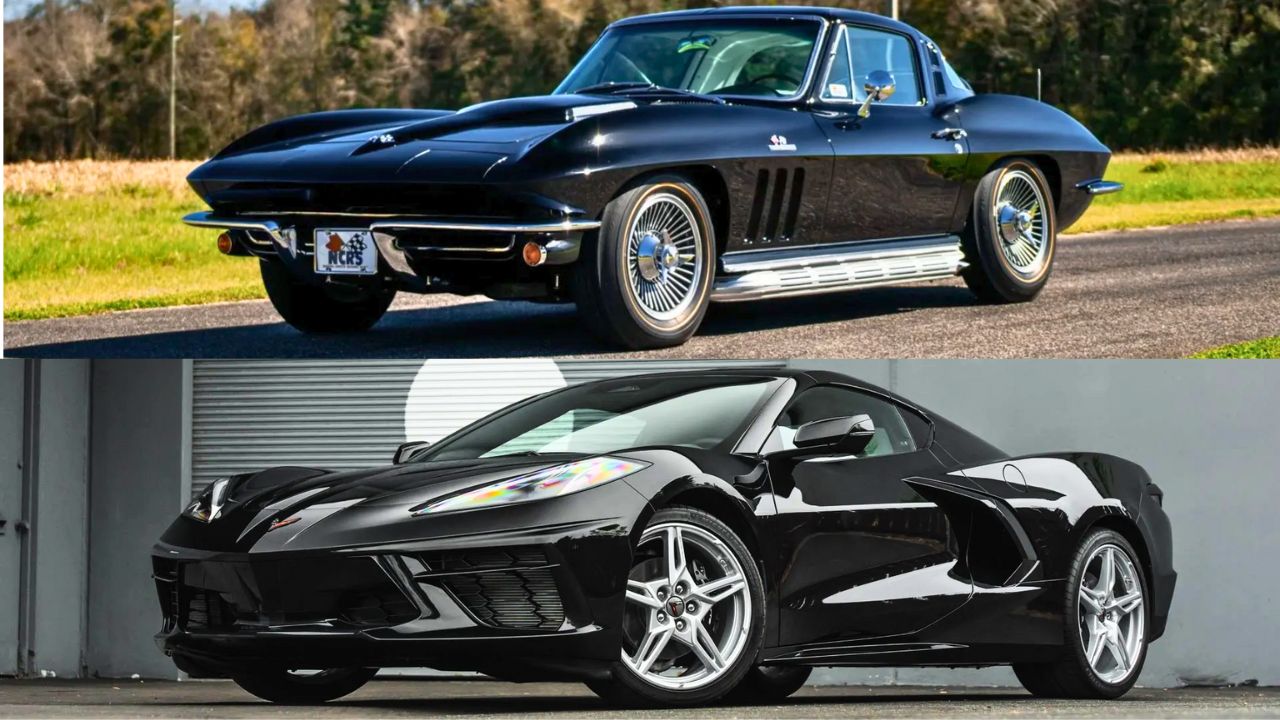
The first big-block Corvette debuted in 1965 with a 396 cubic-inch V8 making 425 horsepower and 415 lb-ft of torque. It was the beginning of the Corvette’s rise as a serious torque player.
Today’s C8 Stingray makes 470 lb-ft of torque from its LT2 6.2-liter V8. It’s mid-engined, smoother, and more refined. Still, the 1965 model brought the muscle car torque war right into America’s fiberglass sports car.
Like Fast Lane Only’s content? Be sure to follow us.
Here’s more from us:
*Created with AI assistance and editor review.

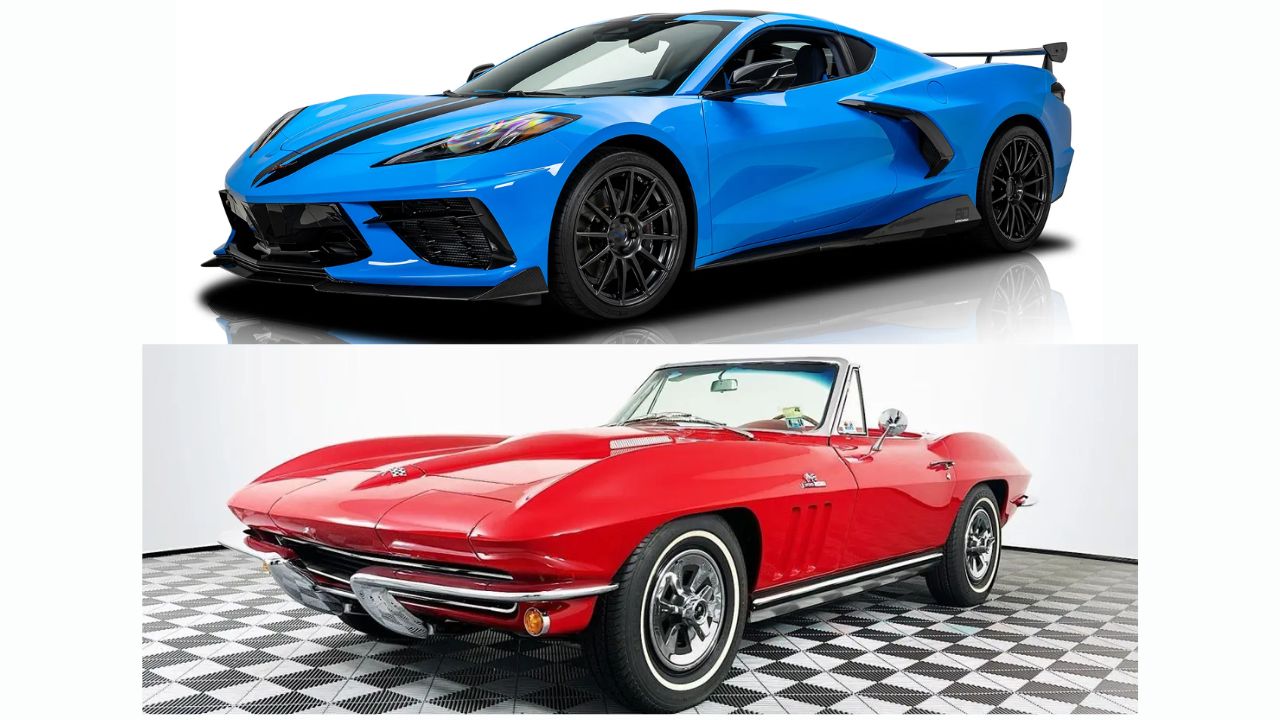
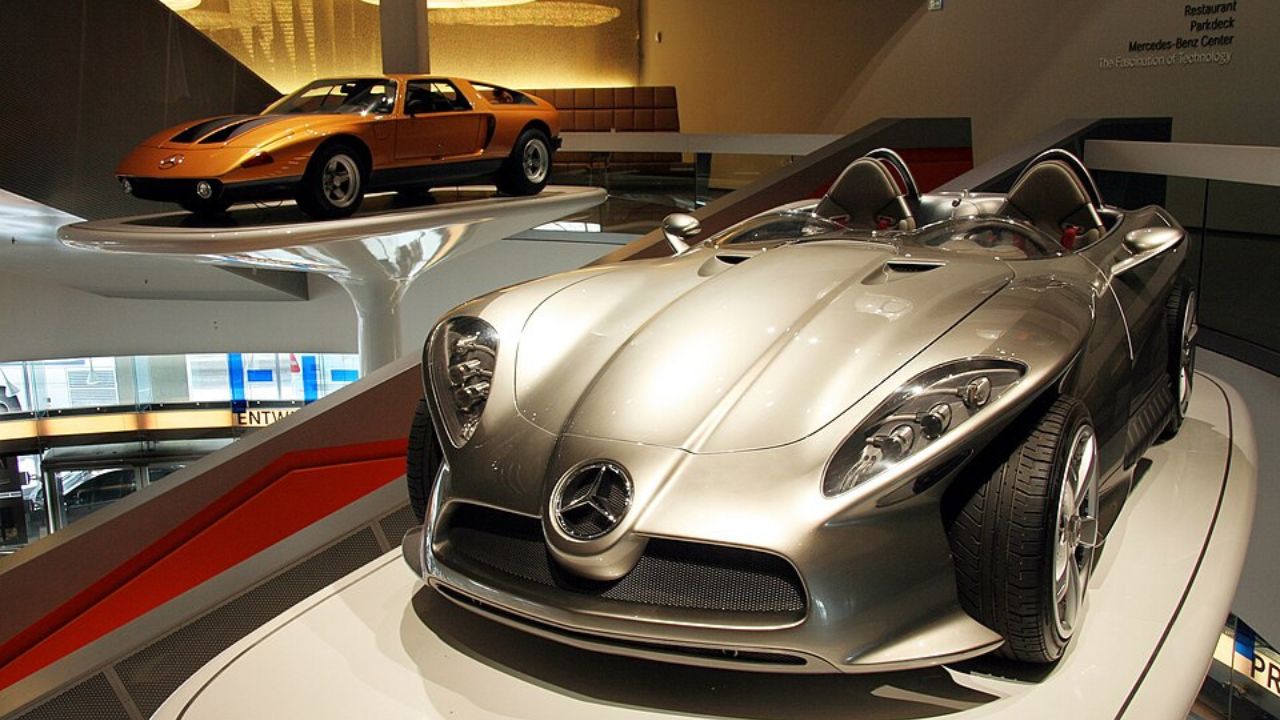
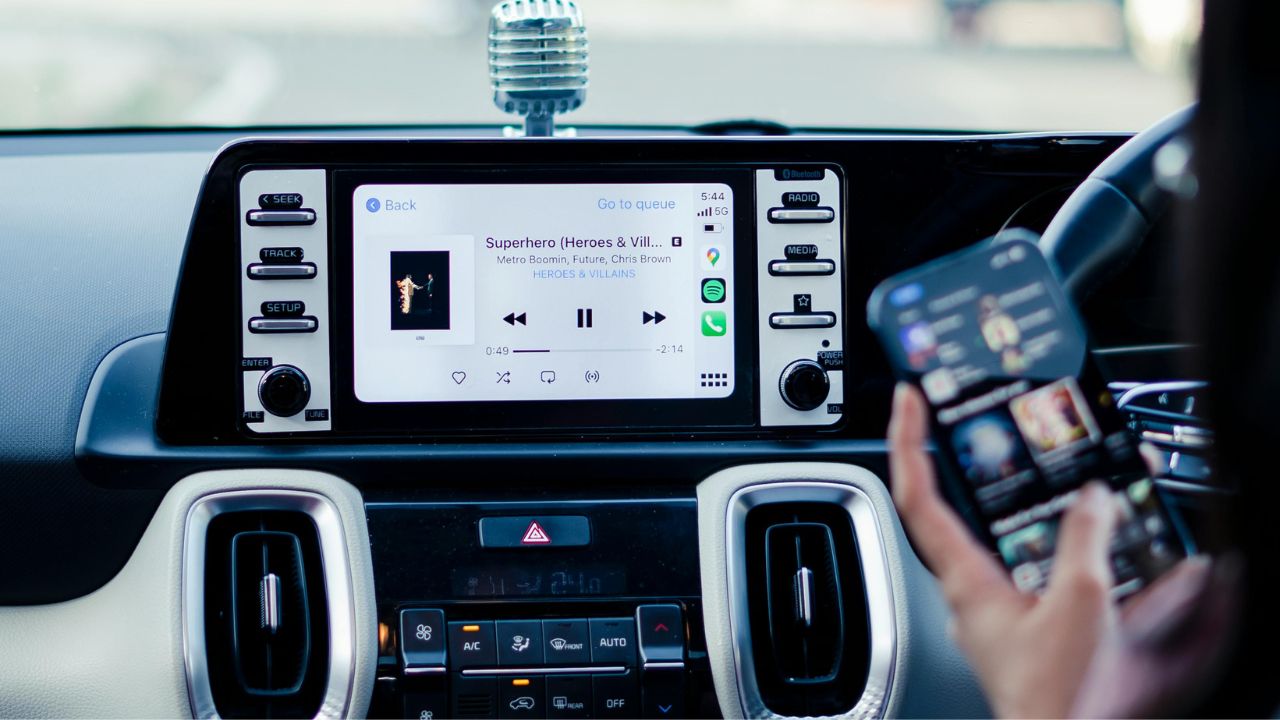
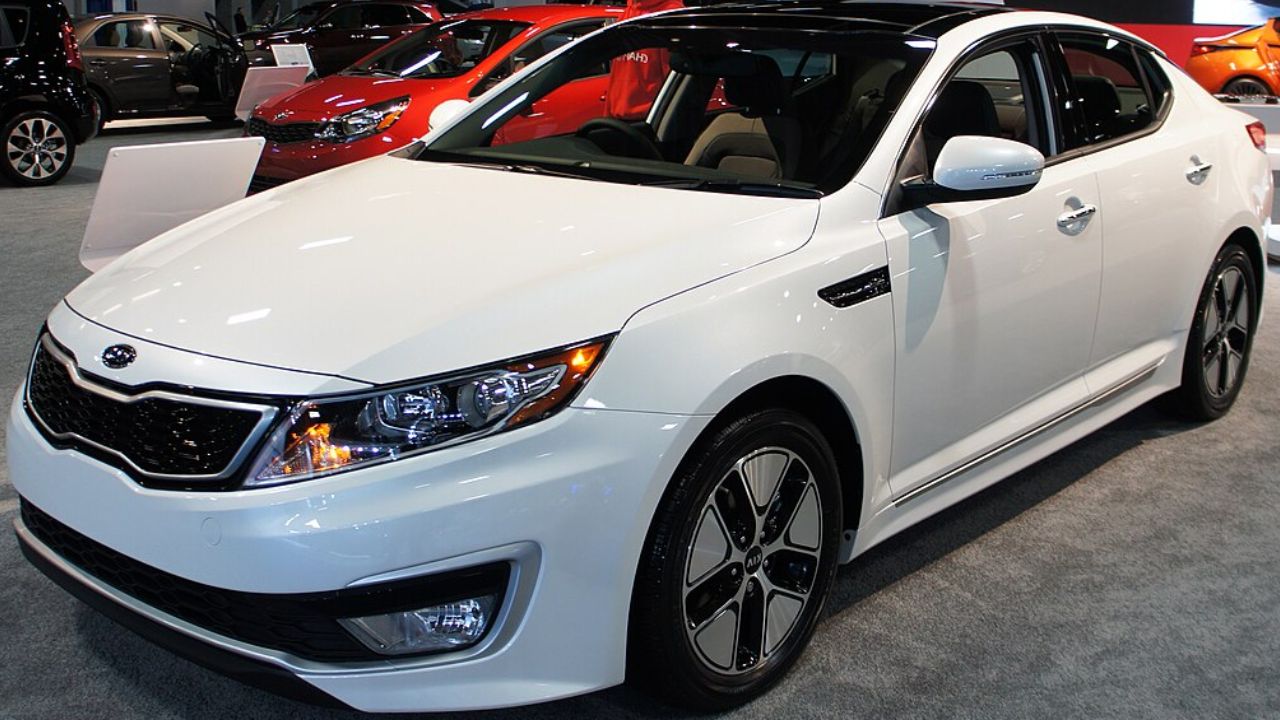
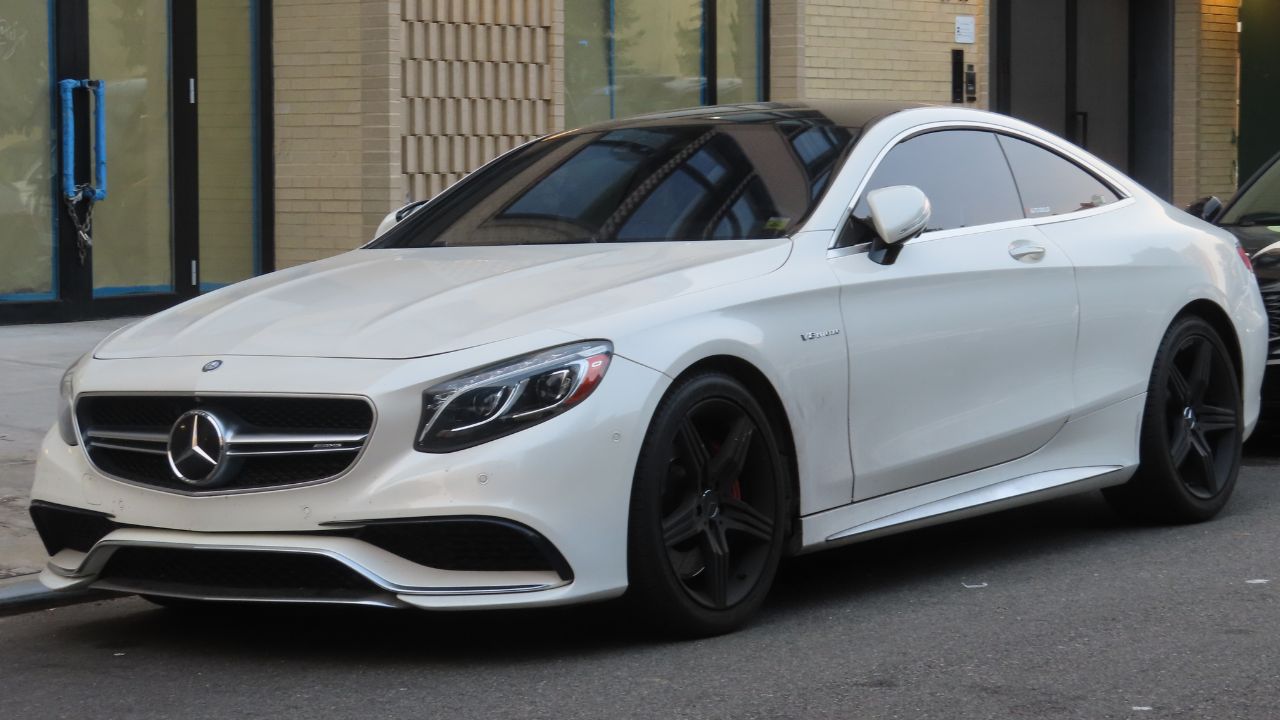
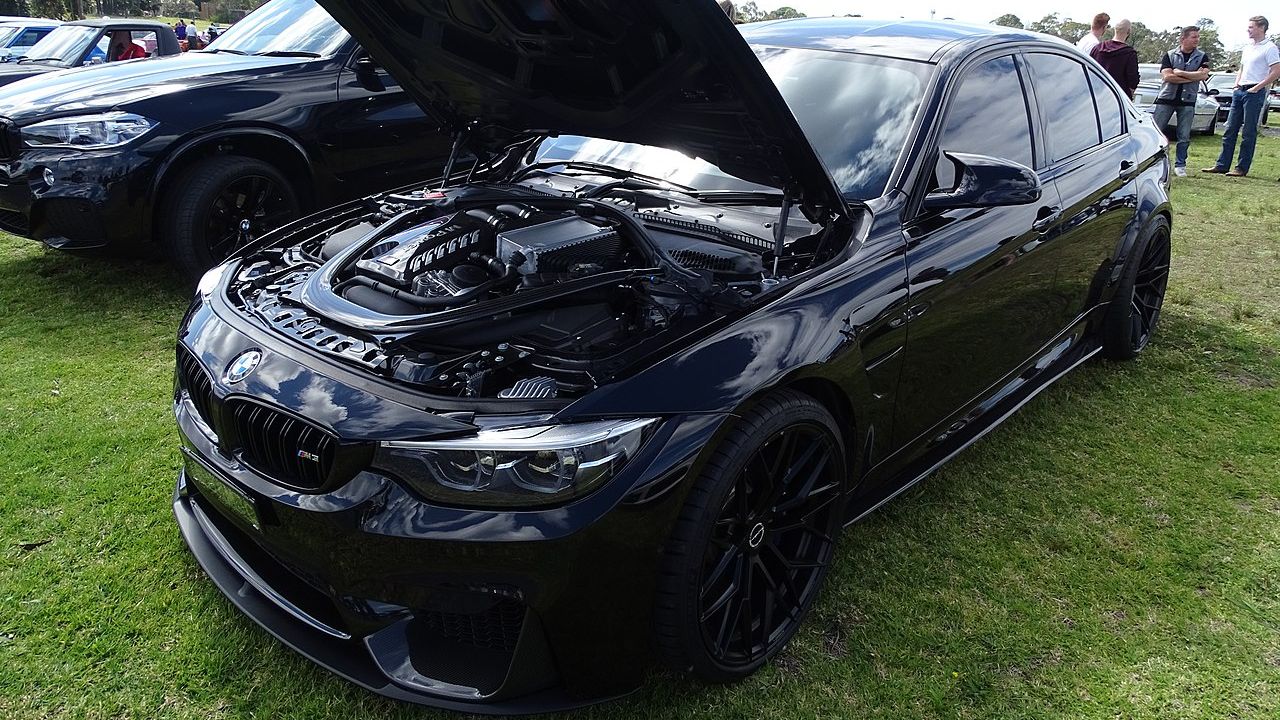
Leave a Reply